8 Reasons Why You Have Knee Pain and How to Be Pain Free
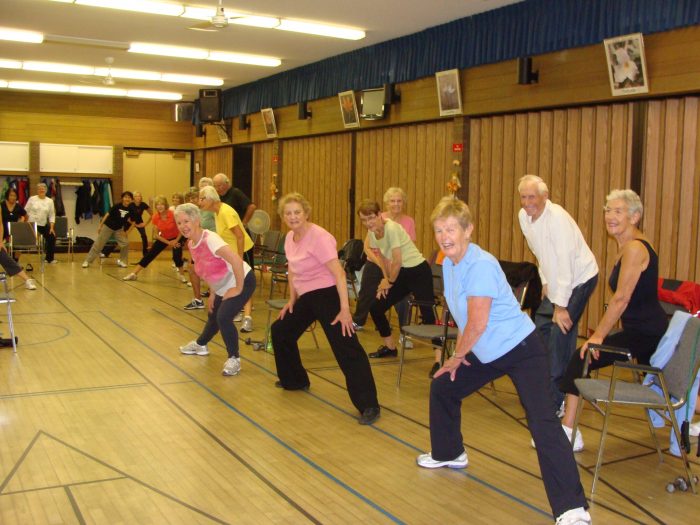
At some point in our lives, a lot of us know what it is to have knee pain. It can be related to arthritis in the joint, a sport injury or simply muscles imbalance between the front and back of the leg.
Let’s look at this in more detail.

- Imbalance between the front and back muscles of the leg. It is very common for people who spend too much time seated behind a desk to develop pain at their knees and lower back. Their muscles at the back of their legs (hamstrings and calves) and hip flexors (front of the hip joint) are so tight that they pull at the knees and lower back.
- Solutions:
- I have helped numerous clients with their pain just by working on balancing their muscles. Read more here.
- Work out to get stronger legs, butt, and core muscles.
- Stretch the tight muscles (hip flexors, calves, hamstrings, glutes complex).
- Solutions:
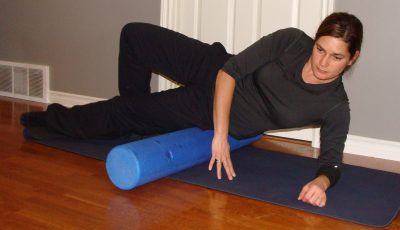
- Patellofemoral Pain Syndrome or commonly called runner knee: is pain in front of the knee related to a softening, wearing or roughing of cartilage under the knee cap. People feel pain when knees are bent, flat feet, squatting, jumping or going down the stairs. Some people experience grinding in the knee, blocking at the joint and sometimes the knee gives way. This kind of pain is not permanent.
- Solution:
- Visit your physician to get X-rays or MRI to make sure the joint is healthy.
- Take anti-inflammatory drugs to reduce stiffness and pain.
- Use ice and rest.
- Visit a personal trainer, a physiotherapist or physical therapist to stretch tight muscles around the knee joint.
- Use a foam roller to release tightness.
- Work out to get stronger quadricep and glutes (butt) muscles.
- Lose weight to reduce pressure at your hips and knees.
- Solution:
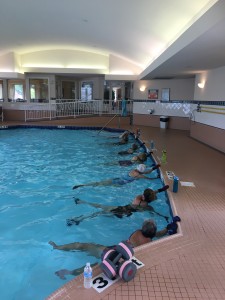
- Osteoarthritis: this pain is related to wear and tear of the cartilage and knee bones. It is found in mostly women over the age of 50. People can experience grinding or clicking, reduction of range of motion at the knee joint, morning stiffness, redness, and swelling.
- Solution:
- You really need to listen to your body. On bad days, do less. For example, do chair yoga (get my videos here) or low impact 10-20 minutes walk or cardio (get my videos here).
- Use ice when it is swollen and red.
- Use heat on stiff joints or have a hot shower.
- For osteoarthritis in the knees, your best medicine is to stay active.
- Lose weight to reduce pressure at your hips and knees.
- Solution:
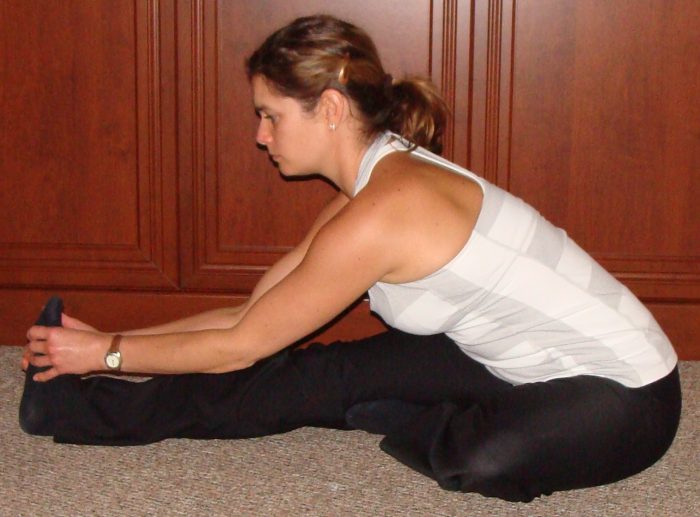
- Chondromalacia patella: is caused by a damaged cartilage behind the knee cap. It can create pain, swelling, stiffness, and grinding/clicking. People experience pain when standing up from a seated position, or climbing stairs.
- Solution:
- Again exercise will be your best medicine. Get stronger muscles around the knee joint to reduce pain (quads, butt, hamstrings).
- Increase your flexibility by practicing a stretch routine for 10-30 minutes daily. Use my videos here.
- Solution:
- Bursitis: is inflammation of one or more of the 11 bursae sacs found in the knee joint.
- Solution:
- Anti-inflammatory drugs.
- Ice and rest.
- Solution:

- Iliotibial Band Syndrome (ITBS): it is an injury of the knee joint related to overuse of the tissues of the outer thighs and knees. It is more frequent to find this kind of pain in athletes such as runners, weightlifters. and hikers.
- Solutions:
- Massage.
- Stretches.
- Acupuncture.
- Solutions:
- Anterior Cruciate Ligament Injury (ACL): it is a very painful knee injury when the ligament is partially or completely overstretched.
- Solutions:
- Get a diagnosis by your physician. Ask to get a X-rays, MRI or ultrasound.
- To reduce swelling, put ice and rest.
- Take anti-inflammatory drugs to reduce stiffness and pain.
- To continue your low impact physical activities, use a brace.
- Visit a physical therapist or physiotherapist for rehabilitation.
- Surgery might be necessary.
- Solutions:
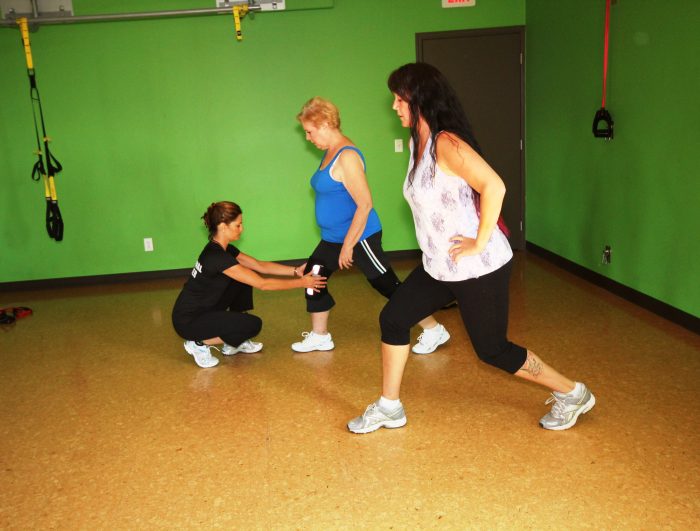
- Meniscus: is related to an injury (twisting or turning) at the cartilage located at the front of the knee cap.
- Solutions:
- Get a diagnosis by your physician. Ask to get a X-rays, MRI or ultrasound.
- To reduce swelling, put ice and rest.
- Take anti-inflammatory drugs to reduce stiffness and pain.
- To continue your low impact physical activities, use a brace.
- Visit a physical therapist or physiotherapist for rehabilitation.
- Visit a personal trainer, a physiotherapist or physical therapist to stretch tight muscles around the knee joint.
- Strengthen the muscles around the knee joint.
- Surgery might be needed.
- Solutions:
Obviously, there are more causes why we have knee pain. I am not a doctor or a physiotherapist and I don’t give diagnosis to my clients. I always suggest that they visit their physician and a physiotherapist first and then I can help them get better. Sometimes, I also communicate with their specialists for collaboration and for a better understanding of my clients’ injury.
Stay active as much as you can to keep your mind, body and joints healthy.
